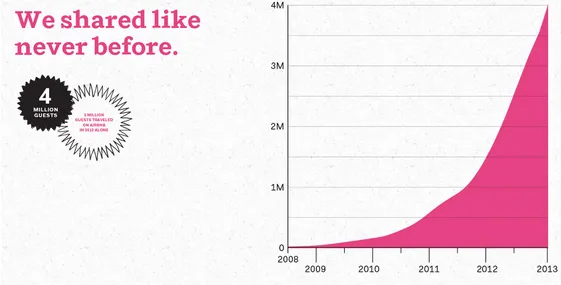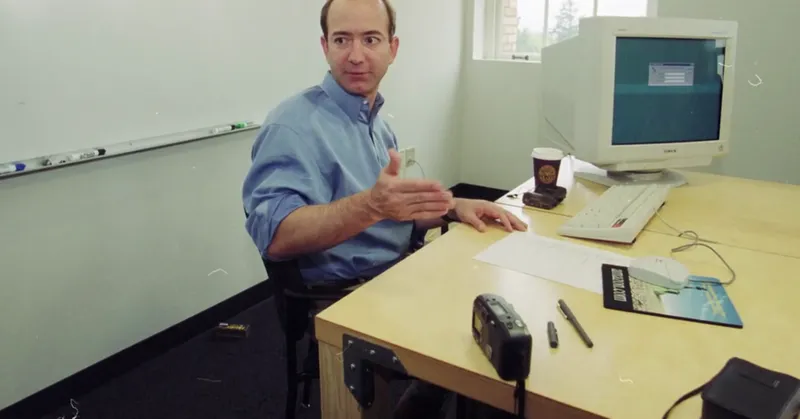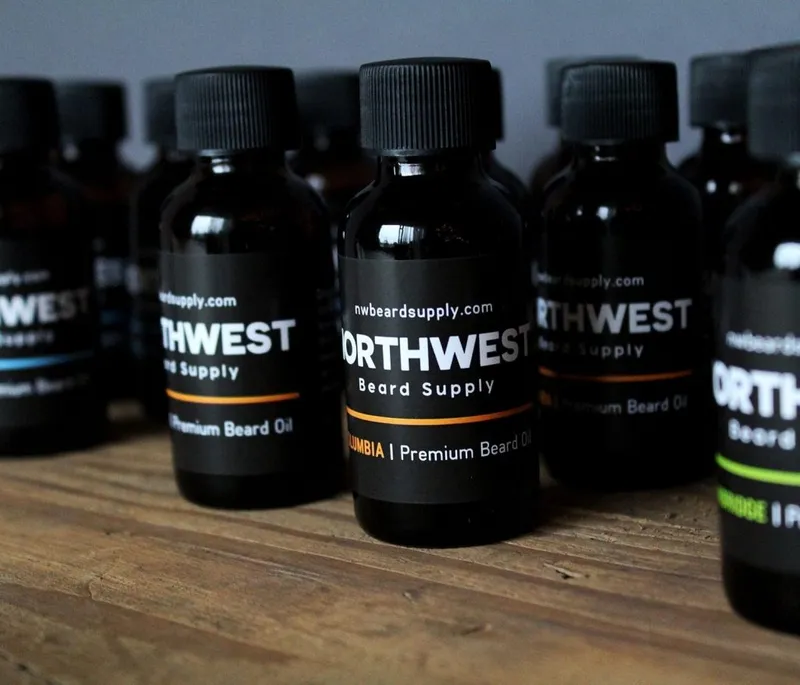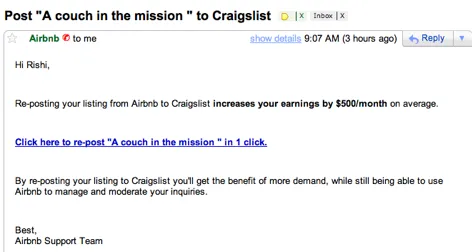Starting up? Here are two practical ways to promote your idea
Having a solid idea is great, but it will not translate into success unless it reaches your target audience. Read on to find out how to do exactly that.

You have a startup.
That’s fantastic.
But almost everyone has a startup these days.
Including me.
But what makes the difference between something dying in anonymity and something else clutching the pinnacle of success in the startup world, aside from it being a great product, is how well you market your dream.
In this post, I will be sharing two strategies you can employ to transform your startup’s marketing efforts without a big budget and be successful despite that.
The post will have real examples so that you can follow up on these footsteps with relative ease.
Every startup that became popular had to wade its way through a sea of incessant struggles and scores of problems.

Presently, Airbnb is known all over the world. They have over two million listings in 190 countries. Till date, they have had 4 million guests. It bears a bold testament to the potential of a startup economy.
But even for a startup as unicorn eyed as Airbnb success didn’t come in one single shot.
Founders Brian Chesky and Joe Gebbia had just moved from New York to San Francisco— where they found themselves unemployed and without a penny to their name. Looking for ways to get by, they hit on an opportunity. All around, hotel rooms were booked with nary a space for a cockroach, owing to an annual conference that was about to happen. They bought a few airbeds and put up a sign saying Air bed and breakfast—a place to sleep and have breakfast—in their tiny apartment. At $80 a night they got their first three customers and Airbnb was born.
If you want to experience the same kind of success here’s how to get started:
1. Start small
Don’t try to capture the entire market with dime-a-dozen products in the beginning. This could be the biggest mistake that rookie startup founders are making all over the world. They have their hands in too many pies to make good of anything. Start small, keep your focus on one niche, master it and then gallop ahead.
By keeping the focus small you’ll be able to devote your entire energies to making that one product successful.
For years since it was founded in 1994, Amazon was an online bookstore. Bezos perfected book delivery before moving to other things. Based on the lessons learnt in the book delivery market, where he perfected systems and processes, he learnt strategies that could be applied elsewhere, for instance, full-blown retail.

An eye-candy for inspiration: Bezos’s first desk was made out of a wooden door (yep, that’s the desk). Photo: CNBC
But why is being niche-driven so important?
Here’s why—with just one product you know exactly who to target and whom to market to. Content marketing efforts will have just one goal— to acquire this laser-targeted list of customers, however small. While bigger competitors may be creating all sorts of content, by keeping your focus on a small niche, you will be able to target various points in their customer journey from problem awareness, to solution awareness and purchase facilitation.
With a smaller list of products at hand, it’s easier to manage support tickets and maybe even give spectacular support.
Let’s look at a product in the men’s grooming niche. In the initial stages, you could produce just a single product, say, an oil for men’s beards. Your target market is clear. It’s definitely not women. It’s meant for people in the age range of say 20 to 60 who have beards, who love their beards, are proud of it and go to great lengths to maintain it. And probably the only region you want to sell is the US.
The man behind Northwest Beard Supply (they sell beard oil and have over $1 million in annual revenues) Greg says, “If you want to stay in business, and even better, in people’s minds, you have to create value worthy of attention. Focus on holistic value, ramp it up 10x more than the next best competitor, and never get comfortable. I’ve painstakingly placed 450+ labels on one-ounce bottles, taking a needle and popping every air bubble in each label until it looks damn perfect.”

Would he have succeeded with half a dozen products, juggling investors, his spouse and a marketing budget already stretched thin?
He achieved brilliant success with just one single product. He did basic market research and found a product-market fit before proceeding. By seeing where you’re going to jump you will avoid a lot of problems in the future, including having to shut down because of not finding the right kind of audience or getting stuck with a horrible product that has little to no chances of success.
Your time is best spent and you have the biggest chance for success if you have just a few products or one product to concentrate on.
2. Don’t underestimate the power of social media
The power of social media isn’t something that’s been completely harnessed even in this age.
Why? First, we as business owners and founders don’t completely understand it. Maybe because we grew up in the 90s with little access to internet. Or maybe because we tend to underestimate its potential. For every direct visit from social media, seven additional visits take place indirectly. We don’t know the real reason because we can’t trace things like word of mouth or traffic originating from Android apps. There’s a name for it— it’s called dark social traffic.
Social media is as big a channel for acquiring new customers as search engines are and perhaps even more so.
Today, people lacking a social media account are deemed living under a rock. And as an entrepreneur, you cannot simply afford to miss the opportunity.
Different social media channels are best for a particular kind of business. Posting content, sharing posts and participating in discussions on an ill-suited medium will no doubt yield results but you could be so much more effective on the right channel with the same amount of time and effort.
So how to begin promoting things on social media?
The first few days should be spent on analysis. Find out what competitors of yours are spending their time on social media channels. Find out what’s bringing them success and exposure and mimic the same strategies to inform your content promotion efforts on such media.
Social media can help you get more traffic and exposure for existing content— you don’t need to update content or build more links to it.
And like the above advice on being niche-focused, the same applies to social media as well. Stay niche focused by posting on one or two channels at best, post relevant content— content that you want your followers to be able to share.
Here’s what each social media channel is for.
- Facebook – Ideal for reaching out to both businesses and customers
- Twitter – Good for getting your product in front of businesses
- Instagram – Eighty-two teens use Instagram on a monthly basis and teens themselves have said that it’s the best way to communicate brand promotions to them.
- LinkedIn – Business outreach
- Pinterest – A highly female-centric audience. Great for fitness products, homemaker products, kitchen items and so on. Lots of DIY bloggers have a great time gaining traction on the platform.
- Forum discussions— You can use forums like Buzzstream to find relevant discussions on subjects around your blog and drive boatloads of traffic.
Your ideal social media channel is where your target audience hangs out the most, the place online they call their online water cooler.

For instance, borrowing once again from Airbnb, they found that their ideal audiences would be on Craigslist. So they hacked together a social sharing button for Craigslist on their site. Needless to say, visitors started posting Airbnb listings on Craigslist driving thousands upon thousands of highly targeted traffic to Airbnb and growing it even further and fuelling even more shares. Other than the time spent on developing the social sharing button the growth achieved was mostly organic and viral in nature.
Concluding thoughts...
Growth hacking is the buzzword. You’ve to find out means and ways to reach out to your audiences and make them part of your growth story. That’s the way to succeed in this age. What do you think of these methods to promote your startup? Let us know in the comments.
(Disclaimer: The views and opinions expressed in this article are those of the author and do not necessarily reflect the views of YourStory.)







